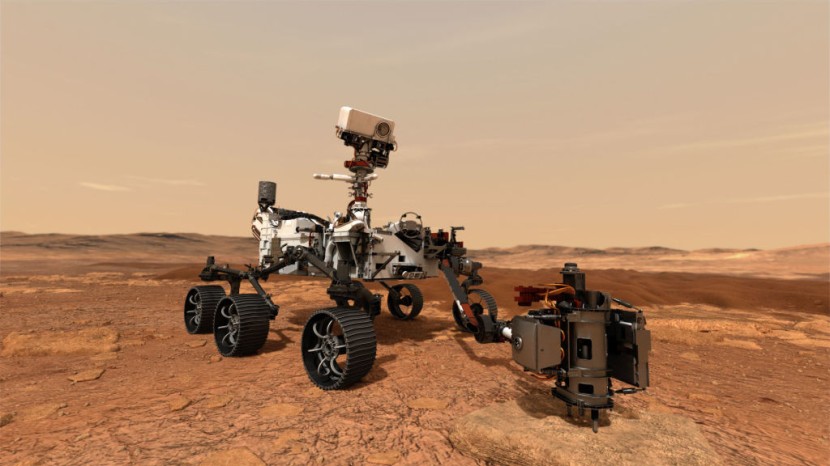
NASA's Perseverance Mars rover, in its continuous exploration of the Red Planet, has collected and stored samples of rocks made up of minerals and "organic matter" that suggests potentially habitable conditions in the past.
The discoveries could potentially preserve traces of past microbial life, said researchers on Thursday. The soil samples were gathered at the base of an ancient river delta fanning out from the rim of Jezero Crater.
Discovery of Organic Matter on Mars
However, to determine whether such "potential biosignatures" include actual traces of past life on Mars, scientists will have to wait for a NASA European Space Agency mission at the end of the decade to collect them and bring them back to Earth for detailed laboratory analysis.
A Perseverance return sample scientist at the University of California, David Shuster, said that the samples that the rover collected have ingredients for life in terms of the environmental setting.
Experts said that the material was transported long ago into Jezero Crater by water and deposited into a 25-mile-wide lake with fine particles that settled out amid phases of evaporation. These are factors that combine to "have high potential for biosignature preservation," as per CBS News.
Shuster said that if those conditions existed pretty much anywhere on Earth at any point in time over the last three and a half billion years, it was safe to say, or at least assume, that biology would have done its thing and left its mark in the rocks in Mars for scientists to observe.
Read Also: Research Suggests Shift in Jupiter's Orbit Could Allow More of Earth's Surface To Nurture Life
The Perseverance rover, which cost $2.4 billion, landed in Jezero Crater on Feb. 18, 2021, and has spent the last year and a half working its way toward the base of a fan-like delta cutting through the time where water once rushed in to fill a broad, now-vanished pool the size of Lake Tahoe.
According to CNN, a Perseverance project scientist at the California Institute of Technology in Pasadena, Ken Farley, said that the rocks they have been investigating on the delta have the highest concentration of organic matter that they have so far discovered on the mission.
Previously Habitable Conditions
The fan-shaped geological feature preserves layers of Martian history in sedimentary rock, which formed when particles fused together in this formerly water-filled environment. The rover worked to investigate the crater floor and discovered evidence of igneous, or volcanic, rock.
During Perseverance's second campaign to study the delta over the past five months, it found rich sedimentary rock layers that add more to the story of Mars' ancient climate and environment.
Farley said that the delta, with its diverse sedimentary rocks, contrasts beautifully with the igneous rocks, formed from the crystallization of magma, discovered on the crater floor. He said that "this juxtaposition provides us with a rich understanding of the geologic history after the crater formed and a diverse sample suite.
SHERLOC scientist Sunanda Sharma of NASA's Jet Propulsion Laboratory in Southern California said that the discoveries suggest that when the lake was evaporating, both sulfates and organics were deposited, preserved, and concentrated in the area, Space reported.
Related Article: A Core Principle of Einstein's Theory of General Relativity Passes Most Stringent Test Yet









